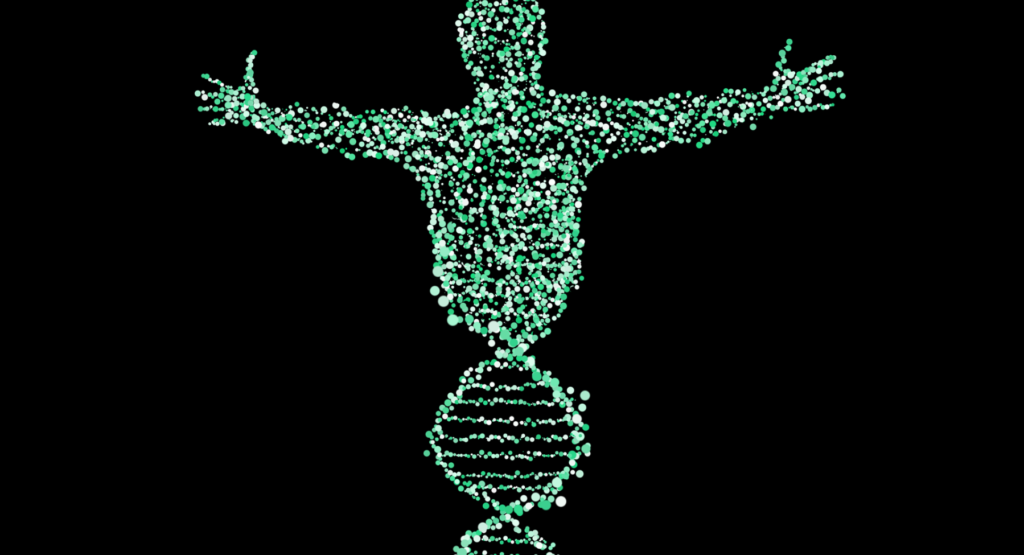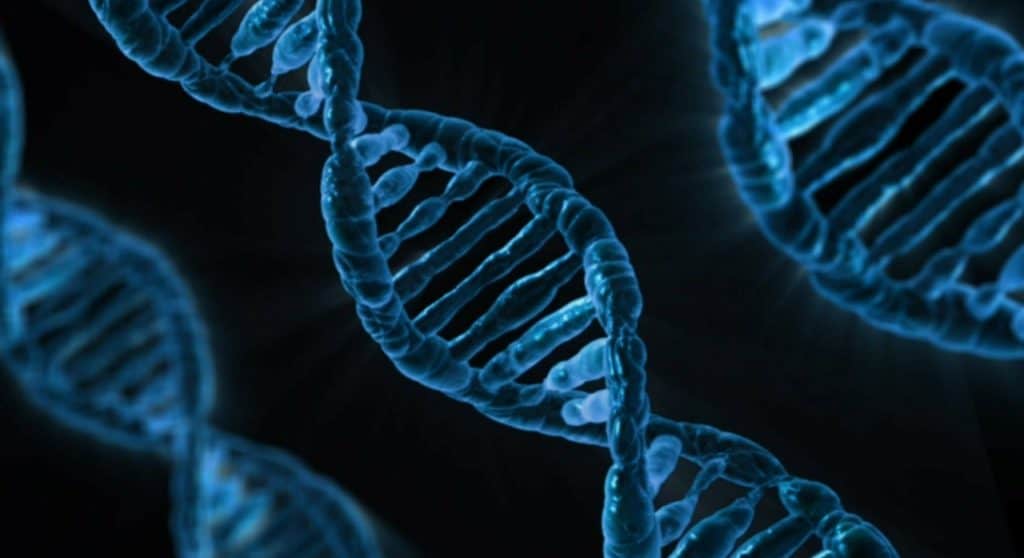Лечение глиобластомы может иметь более высокие шансы на успех. Недавно проведенные исследования позволяют на это надеяться. Новая технология, которая окажет значительное влияние на успешное лечение рака головного мозга — это ионный насос для доставки химиотерапевтических агентов в мозг. Ученые из Университета Линчёпинга (Швеция) и Медицинского университета Граца (Австрия) разработали метод, с помощью которого можно использовать имплантированный ионный насос для обхода гематоэнцефалического барьера и доставки гемцитабина — чрезвычайно эффективного химиотерапевтического агента, который обычно не может проходить через кровь прямо в мозг с высокой точностью. Гемцитабин в настоящее время используется для лечения рака поджелудочной железы, мочевого пузыря и груди, где он действует, нарушая процесс деления клеток в быстрорастущих опухолях. Это означает, что гемцитабин не влияет на клетки мозга, поскольку они, как правило, не подвергаются клеточному делению.
ПОЛНЫЙ ТЕКСТ СТАТЬИ читайте на нашем информационом портале.




